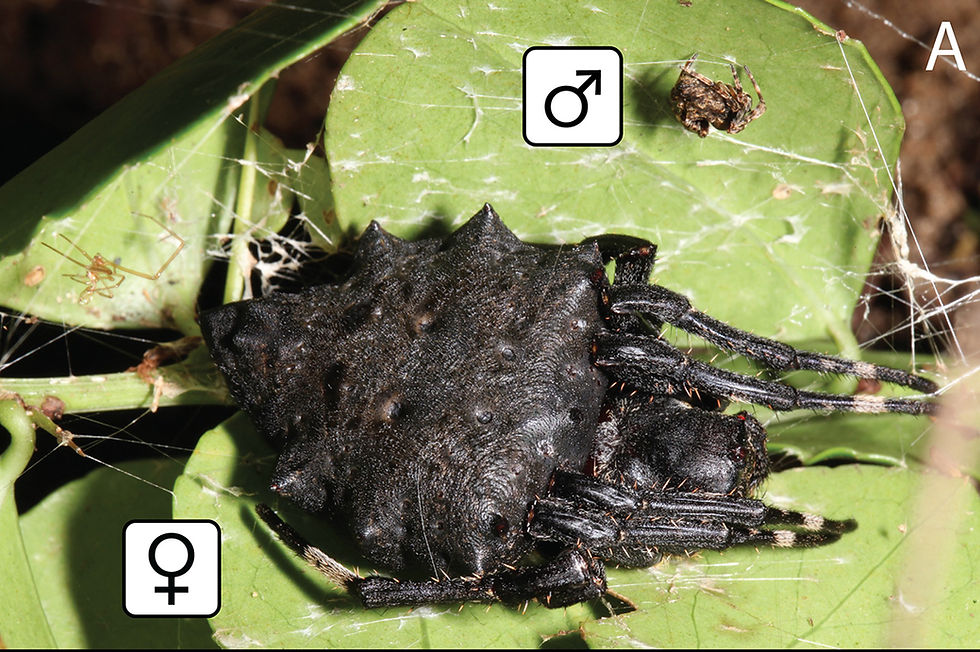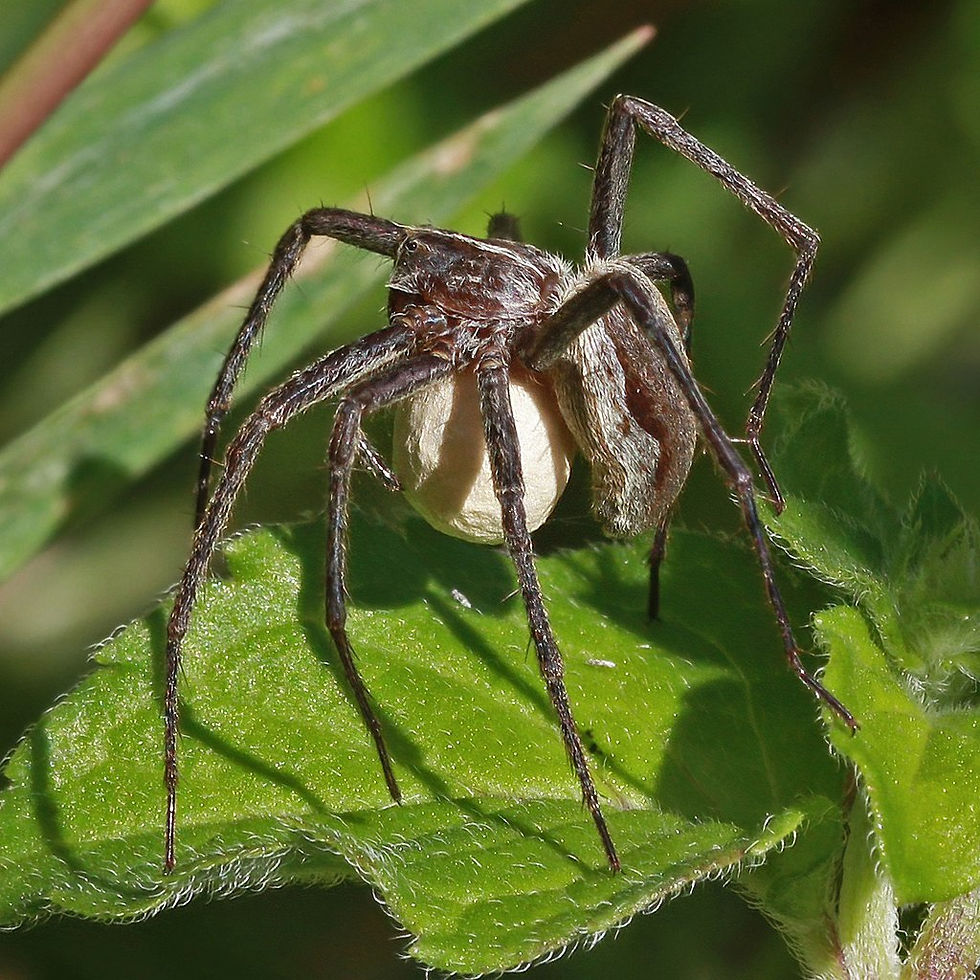Spider Welfare
- Matjaž Gregorič
- Jul 7, 2019
- 1 min read
Spiders with around 48,000 recorded species are major terrestrial predators and thus crucially important for ecosystem functioning. They are widely used as research models and for biodiversity displays and sometimes also kept as pets. Nevertheless, we are not aware of any legal ethical rules bound to spider welfare during rearing or research. To set ethical standards, we first need to detect and assess how spiders “perceive” the external world. Based on the current knowledge of spiders’ sensory and nervous system, it is difficult to judge whether spiders feel pain, distress and suffering, although their behaviours like thanatosis, “bailing out”, autotomy and associative avoidance learning imply so. As is now known, arthropods are not simply mini-robots as traditionally believed. Thus, spider welfare deserves more research effort, and the ethical standards for rearing or using spiders in research need to be set. Here, we describe the variety of spider physiological and behavioural characteristics and how they apply to their rearing, housing, handling and experimental use. We hope reporting these methods will help ensuring welfare and well-being of spiders in captivity.




Comments